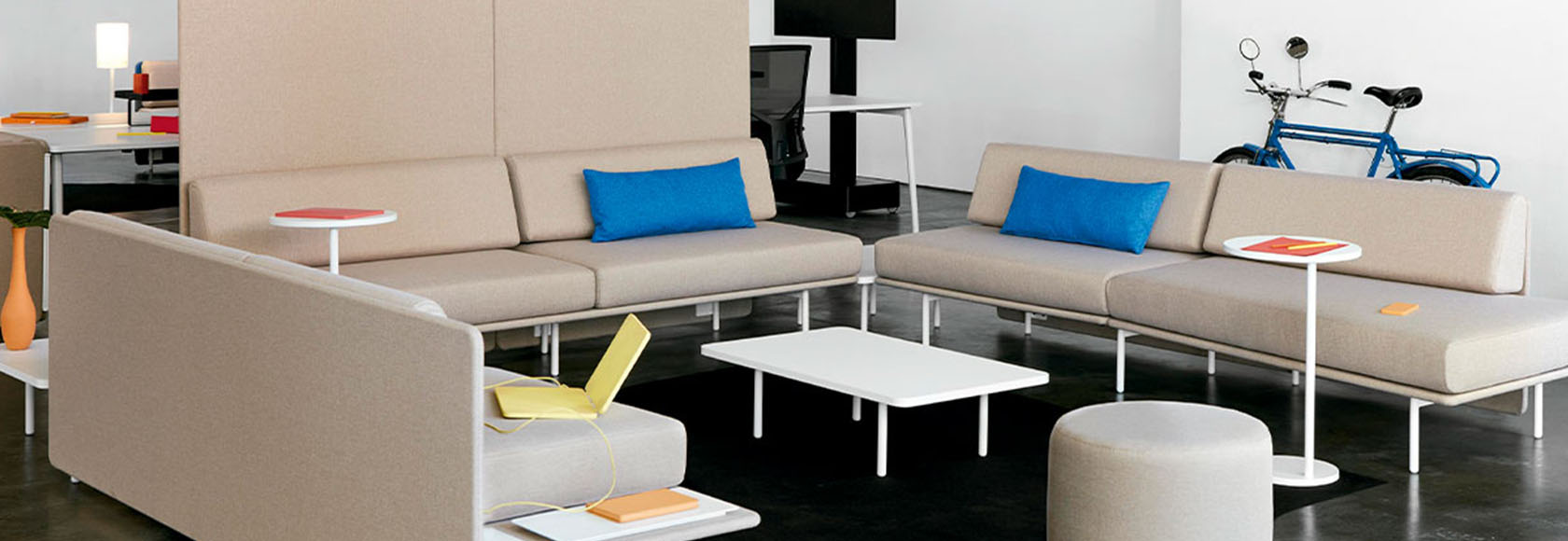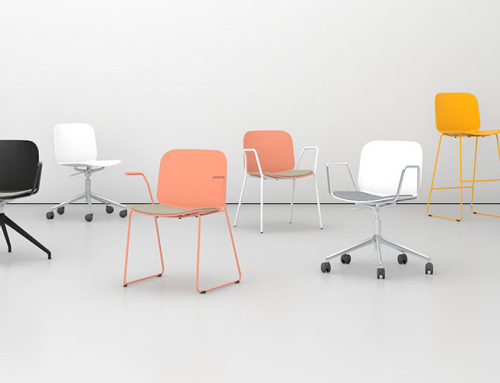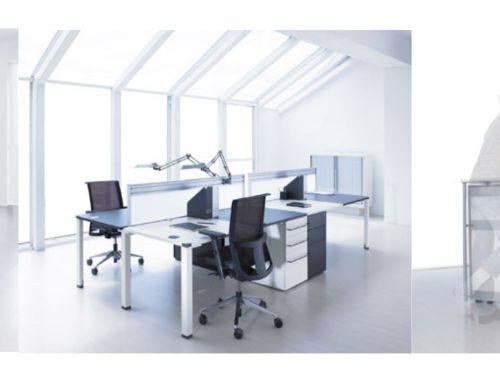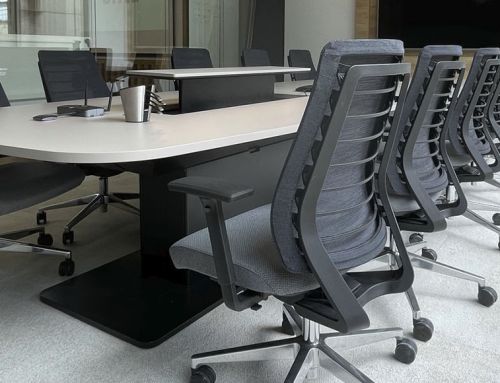Materials used by Ofita in the manufacture of its office furniture, such as a high percentage of the upholstery, have the Cradle to Cradle® sustainability certification, but what does this label consist of?
Cradle to Cradle (C2C) is a design philosophy that focuses on creating products that are safe for human health and the environment, and that can be recycled or reused on an ongoing basis.
The term was coined by architects William McDonough and Michael Braungart in their 2002 book “Cradle to Cradle: Remaking the Way We Make Things.”
Unlike the conventional “Cradle to Grave” approach, which is based on a linear production and consumption model, the C2C approach seeks to close the materials cycle, thus creating a circular system.
This sustainable approach is based on the principles of nature, where all waste is converted into resources for other processes.
But why does it matter? For years, most economic processes have followed a linear process in which resources are extracted to produce items that are discarded after their end of use.
This has led to extensive resource exploitation that has created a global waste problem.
The excessive consumption of resources worldwide calls for a rethinking of the linear “take-make-waste” model.

Cradle to Cradle® certification
One of the main tools of the Cradle to Cradle concept is C2C certification.
C2C certification is a process by which a product is evaluated and rated based on five main categories: healthy material, recyclability, renewable energy, water management and social justice.
C2C certified products can obtain one of five certification categories: basic, bronze, silver, gold or platinum.
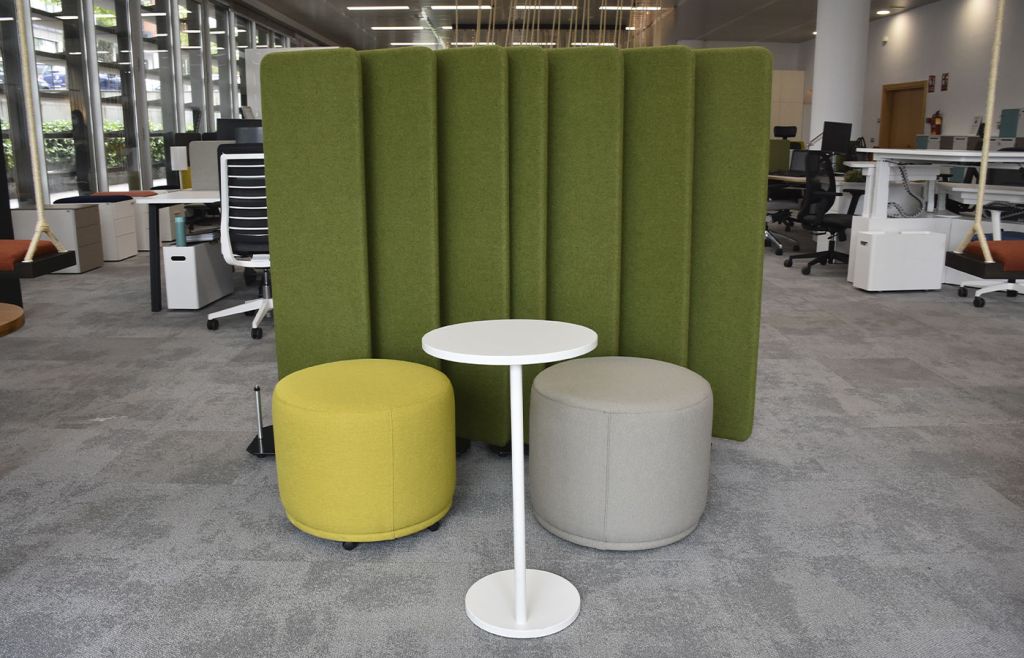
The Cradle to Cradle Products Innovation Institute performs this certification and develops standards and guidelines for product and system evaluation.
The certification process involves a detailed assessment of the product’s life cycle and ingredients, as well as its social and environmental impact throughout its life cycle, from raw material extraction to responsible disposal.
C2C certification not only helps to identify the most sustainable products, but also encourages innovation in design and production. By requiring transparency in the materials used and promoting the implementation of sustainable practices, C2C certification encourages companies to continuously improve their products and processes.
In addition to product certification, the Cradle to Cradle philosophy also applies to other areas, such as urban planning and architecture. By designing buildings and cities from a C2C perspective, we seek to minimize environmental impacts, maximize energy efficiency and create healthy and sustainable spaces for people.
If you want to know more about Ofita’s environmental commitment and the certificates that certify it, you will find more information in this link.
